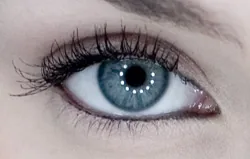
Lacrimal System Trauma to the Eye
Lacrimal System Trauma to the Eye Lacrimal System Trauma to the Eye I’m Ed Smith, a Sacramento Eye Injury Lawyer. Lacrimal system trauma to the…
Edward Smith
March 29, 2016
Posted In: Eye Trauma
Tagged: Eye Injuries Sacramento
Tagged: Eye Injury Lawyer Sacramento
Tagged: lacrimal injury
Tagged: lacrimal trauma
Tagged: Sacramento Auto Accident Attorney
Tagged: Sacramento eye accident lawyer
Tagged: Sacramento eye injury attorney
Tagged: Sacramento Eye Injury Lawyer
Tagged: Sacramento eye trauma attorney
Tagged: Sacramento personal injury lawyer


